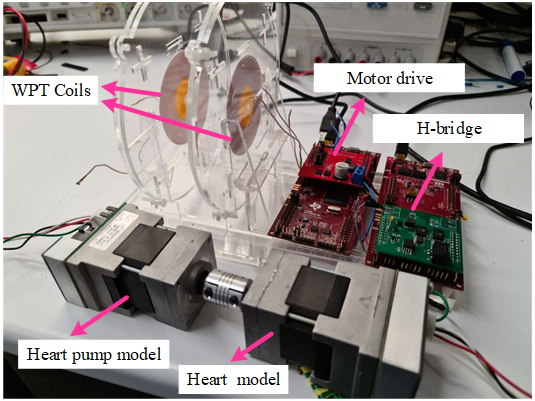
Amir received the B.Sc. degree and M.Sc. degree in electrical engineering from Ferdowsi University of Mashhad, Iran, in 2014 and 2017, respectively. He is currently working toward the Ph.D. degree at Queensland University of Technology (QUT), Australia where he is working on integrating wireless power transfer systems with conventional heart pump systems. His research interests include power electronics converters, wireless power transfer systems, medical applications, control systems and robust controllers.
Principal Supervisor: Prof Mahinda Vilathgamuwa
Associate Supervisor: A/Prof Geoff Walker
PhD Overview
Implantable medical devices (IMDs) have emerged during the last two decades to cure and compensate patients’ dysfunctionality. In practice, issues such as unreliable power supply, size and infection risk restricted IMDs applications. One possible solution to alleviate aforementioned problem is wireless power delivery.
The main attraction of this method is elimination of transdermal or percutaneous wires, which help to highly increase patient safety. In spite of desirable features of wireless power transfer (WPT), some obstacles such as inability to deliver regulated power to the implant, lack of emergency battery supply and low efficiency still need to be addressed. Regarding to body and tissues consideration, the best WPT strategy must be chosen. Near-field resonant inductive coupling has been excessively investigated in literature due to its simple implantation. In this method two loosely coupled inductors are operated beneath (Receiver) and over (Transmitter) the skin which can transfer power for limited ranges. The main drawbacks of this method can be summarized as: sensitivity to misalignment due to the small size of receivers, inability to transfer optimum and regulated power due to restricted transmitter design constraints and variation in IMD power demands, low frequency of operation and finally requirement to transfer power from the receiver to implant via wires which can originate infections inside body.
Recently, mid-field WPT has been considered as a potential solution to overcome some shortcomings of near-filed WPT. The range of power transfer can exceed to 20cm, which means that implants can be supplied directly with no under-skin implants requirement or any wire connection. In order to realize this method for practical applications, it is essential to consider several aspects such as: reliability of this method in power delivering, considering clinical constraints and increasing the system efficiency.
In this research, first the best transfer method for a specific IMD (Ventricular assist devices (VADs)), which is considered as a high power demanded device will be investigated and then regarding to the optimal transfer method, power circuits will be redesigned to increase efficiency and reliability.

